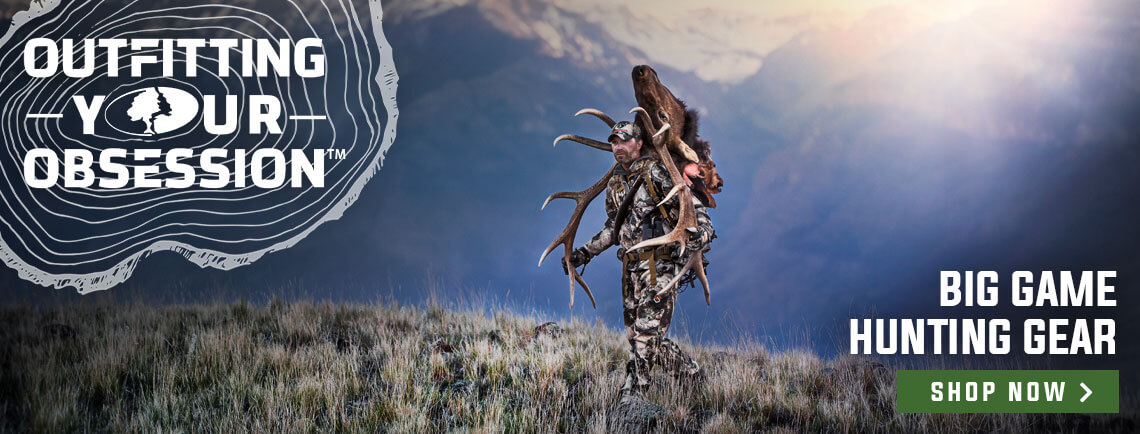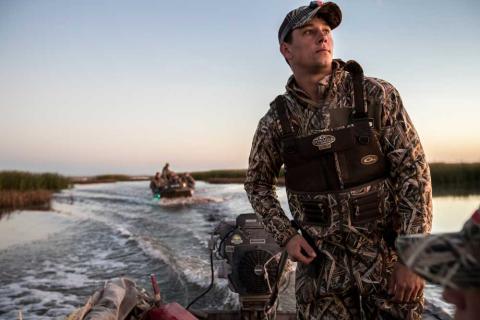There is a “cleaner” way to dress large game in the field.
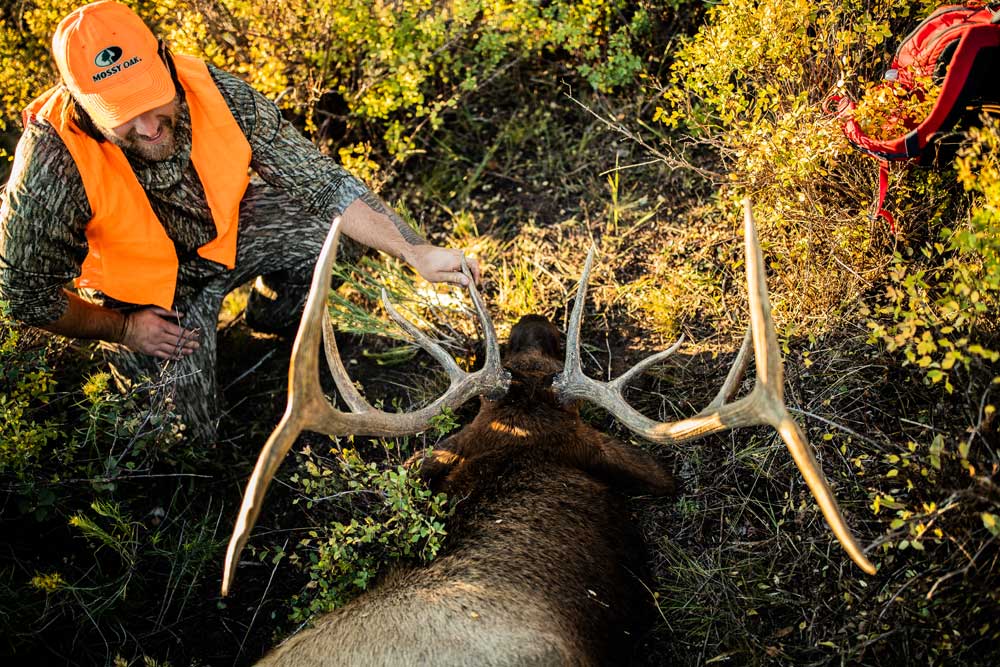
Bob Humphrey
Most folks have probably seen that video circulating on social media of a hunter who makes one bad cut while field dressing an elk and is suddenly covered with smelly green goo. Careful cutting is one way to avoid paunching an animal while field dressing, which can be a very unpleasant experience, not to mention tainting good meat. There is another gutless field dressing method that allows you to avoid messing with internal organs altogether, and offers a practical alternative when you need to transport larger game, especially over longer distances. You simply take it apart and transport it one piece at a time.
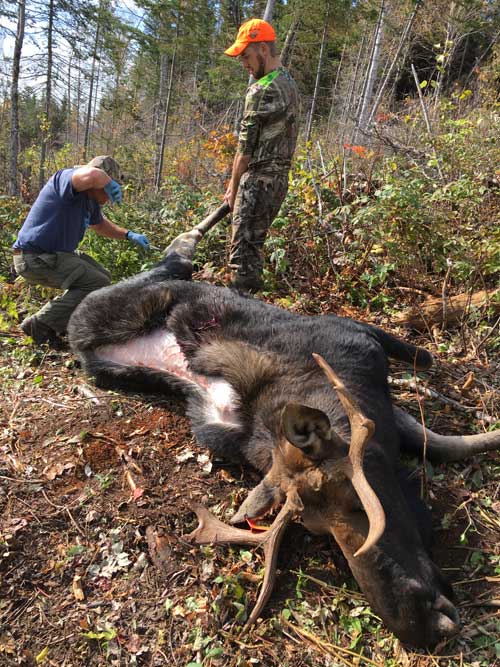
Skinning - The first step involves removing the hide. If you intend to keep it, work from the belly up and out. If not, it is easier to start by cutting down the center of the back with the animal lying on its side. With all skinning cuts, slice from the inside out to avoid cutting too much hair, which will stick to the meat. Next, cut around the leg below the shank. Cut up from each leg to your initial cut, then simply peel the hide off, the inside of which now provides a relatively clean surface to place meat on as you continue.
Quartering - Next comes removing the four quarters. The order is not important but the front legs will be easier as there is no shoulder joint. Simply pull the foreleg up and away from the body while cutting the attaching muscle close to the rib cage. Be careful not to cut too deep, and into the backstrap as you get near the top. Place each quarter in a game bag.
If you have one, use a saw to cut off the lower leg and lighten your load. If not, use your knife to cut through the cartilage and tendons in the joint. A little leverage will open the joint so you can cut any remaining connective tissue.
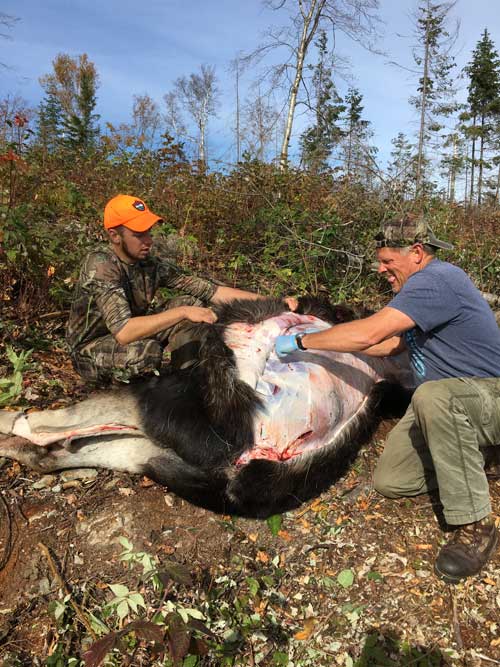
Do basically the same for the hind leg, scribing around the leg below the joint, levering to separate, then cutting the tendons. This will leave the large leg tendon still in place for a handy handle. If you only have one knife, I recommend saving the lower leg cuts for last as it will dull your blade.
Removing the hind legs is a bit more complicated but roughly the same as the front. Again, lift and pull the leg away from the body. Your first cuts will be thin, connective muscle and tissue as you cut down to the pelvis. From the vent forward, filet the meat off the pelvis bone until you reach the hip joint. With a little outward pressure, the joint will start to separate allowing you to cut cartilage and tendon.
Continue cutting upward and forward toward the spine. Caution is advised here as you are working near the paunch, and behind the rib cage. The rest gets easier with practice but consists of cutting remaining muscle away from the pelvis and backbone, the same way you would when processing your animal back at the skinning shed.
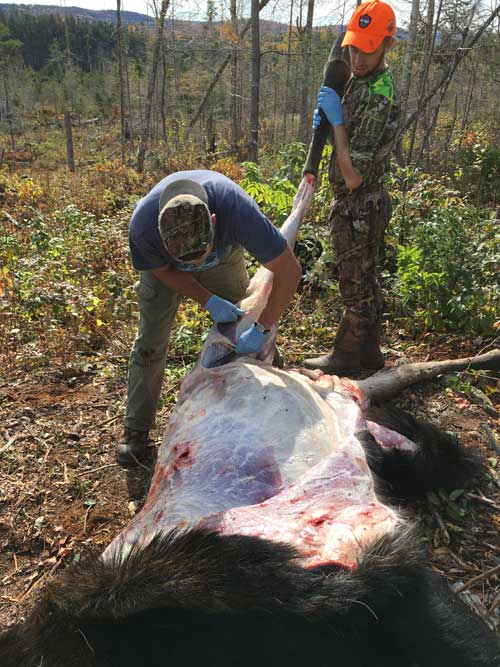
The Rest - Next, remove the neck by fileting meat off the vertebrae, also removing the windpipe and esophagus. You can shave off the layers of meat covering the rib cage of you like, but it tends to be thin layers of meat and fat, and removing all the fat (which you should do) can be very labor intensive. There is a thin layer of meat along the brisket that can be kept for grinding.
We have saved the best for last. If you have ever processed a deer you already know how to remove the backstraps. For the rest of you, start with a shallow cut along the spine. This will separate the tough membrane covering the backstrap from the backbone. Peel the membrane back. Now make a deep cut along the back bone, then filet the backstrap off the spine and rib cage, using fingers as much as knife to “guide” the meat away from the bone.
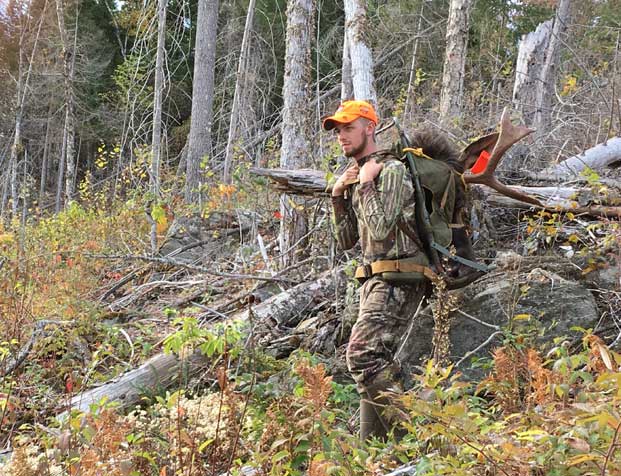
We are not quite finished yet. You can also get the tenderloins out without gutting the animal. Feel along the rib cage, front to back, until you get to the short ribs. VERY carefully, cut the short ribs at their attachment point with the spine. Like the backstraps, use your fingers as much as your knife to filet the tenders off the bone. If you so desire, you can also very carefully carve out the meat between the ribs.
That is the easy part. Now you have to load the game bags onto a pack frame and carry them out, one at a time. Just the same, that is often a lot easier than trying to get the whole animal out, especially when dealing with something like elk or moose a long ways away from the nearest road or trail.

